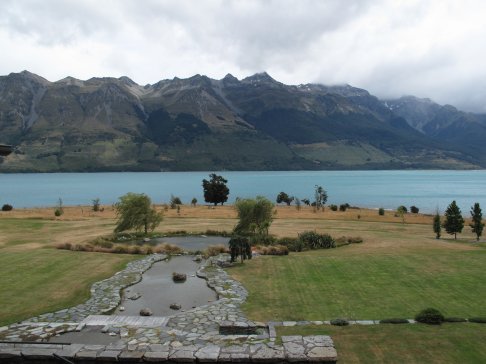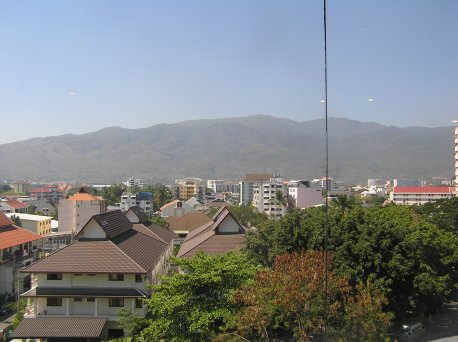I am back on an airplane, this time on my way to Chiang Mai, Thailand. I am speaking at an international education conference there. I did the same conference about three years ago, and I met some really incredible people. The location is nothing to write home about, and I really dislike the food. However, the conference attendees are truly amazing, making this something to which I am really looking forward!
In any event, since I am on a plane again, I am catching up on some of my reading. An interesting article in Chemical Engineering and News caught my eye1. It reported on a study published in the Journal of Agricultural and Food Chemistry that measured various nutrient levels in rice that had been genetically modified to be more resistant to insects and fungal infections. All three varieties of genetically-modified rice were found to be lacking in certain nutrients. One variety was deficient in vitamin E, another was deficient in protein content, and the last was deficient in key amino acids. The authors say that the study produced
…alarming information with regard to the nutritional value of transgenic rice.
Now I have no problem with genetically-modified crops, as long as they have been put through enough tests to make sure that they are safe for both the ecosystem and the consumer. Such tests are difficult, but certainly not impossible. However, I expect that very little research is done on the nutritional content of such crops. Geneticists tend to compartmentalize genomes, thinking that tinkering with genes involved in immunity won’t affect genes associated with metabolism and energy storage. Clearly this study shows that such compartmentalization is not a realistic approach to understanding genomes.
Anyone who knows me or has seen me in person knows that nutrition is just not all that important to me. I understand the value of good nutrition, but for me, taste rules. I eat the things I like, and I don’t eat the things I don’t like – regardless of nutritional value. I admit this is a short-sighted way to eat, but I would rather live happy than live long – it’s just that simple. So why do I care about this study on the nutritional content of transgenic rice?
Continue reading “It’s Hard to Improve on What God Made!”









